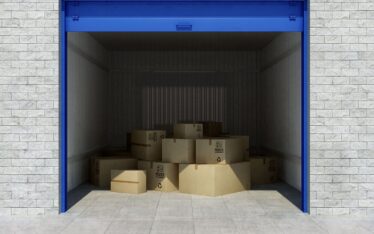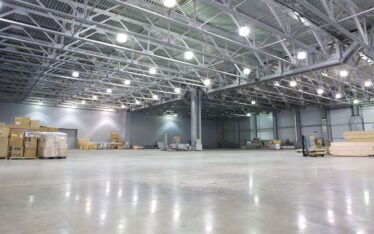Storage is a crucial component in running any successful business or warehouse. Those in the warehouse business need proper inventory storage before shipping it out to final customers. Using warehouses costs a business money, prompting some small enterprises to go for self-storage facilities.
However, using third-party storage facilities can save businesses money in the long term. It frees their time and staff to focus on their core duties. A warehouse also gives them better control over their inventory through timely and efficient deliveries.
Definitely, warehouses save businesses money and avoidable hassles. But what storage alternatives do they have? What storage solutions are available for these warehouses and businesses that opt for self-storage?
This post delves deeper into this subject. It discusses the top ten storage options a warehouse or self-storing business can exploit. Remain on this page to learn more about these solutions and enhance your storage.
1. Automated Storage and Retrieval System (AS/RS)
Let’s start our coverage on an automated note by looking at Automated Storage and Retrieval System (AS/RS). This warehouse automation technology stores, buffers, and retrieves products and inventory on demand.
The technology varies significantly and may comprise different systems. These systems include vertical lift modules, shuttles, cranes, carousels, Micro-Loads, Mini-Loads, and Unit-Loads. For increased performance, warehouse owners often integrate it with warehouse execution software (WES), warehouse management software (WMS), and other digital controls.
Benefits of AS/RS
Automating low-value and easily repeated inventory storage and retrieval has many benefits for warehouse owners. Below are the top ways this storage technology benefits storage houses.
- Increased efficiency in floor space usage.
- Warehouse owners can reclaim unused vertical space.
- Increased inventory storage density.
- Improved ergonomics and safety, reducing accident rates.
- Increased throughput
- Minimized labour costs.
- Fewer labour constraints because of labour shortage.
- It promotes maximum flexibility within the storage.
- It increases order-picking accuracy.
- Enhanced product security for premium inventory.
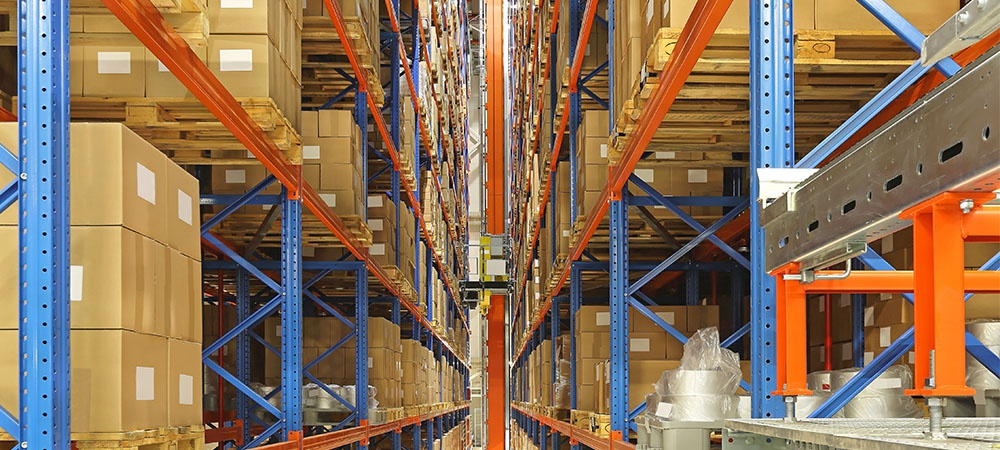
2. Carton Flow Racks
Businesses and warehouses can use carton flow racks to hold goods, particularly at the carton level. Its shelves have slight slopes. When the front cartons are removed from the rack, these slopes cause the next cartons to roll toward the rack’s front and take the space the removed carton left. This storage solution is suitable for fast movers or first-in/first-out (FIFO) operations.
3. Pallet Racking Systems
Pallets are the most common and essential components of logistical stock storage and movement. They come in the form of wood, metal, or plastic. They are ideal for holding items delivered and stored in boxes and need inventory logging.
Businesses using this storage solution should pay particular attention to weight, stability, space, and access/movement. They must adhere to strict weight limits and inspect and maintain all pallet racks to ensure stability.
The required aisle space depends on your specific space requirements or limitations. However, it would be beneficial to consider whether forklift access will be just forward and backward or require turning circles with pallets attached.
4. Static Shelving
Static shelving is another storage solution businesses and warehouses can exploit. They are ideal for keeping goods and products in one place. Their design lets them store lightweight inventories that need handpicking or placement. This storage type isn’t compatible with forklifts and requires manual operation.
5. Mobile Shelving
Mobile shelving resembles static shelving but differs because it can move and offer adjustable shelves. This storage system’s design accommodates more goods in less space. Some mobile shelves may contain locking systems and manual or mechanized level tracks.
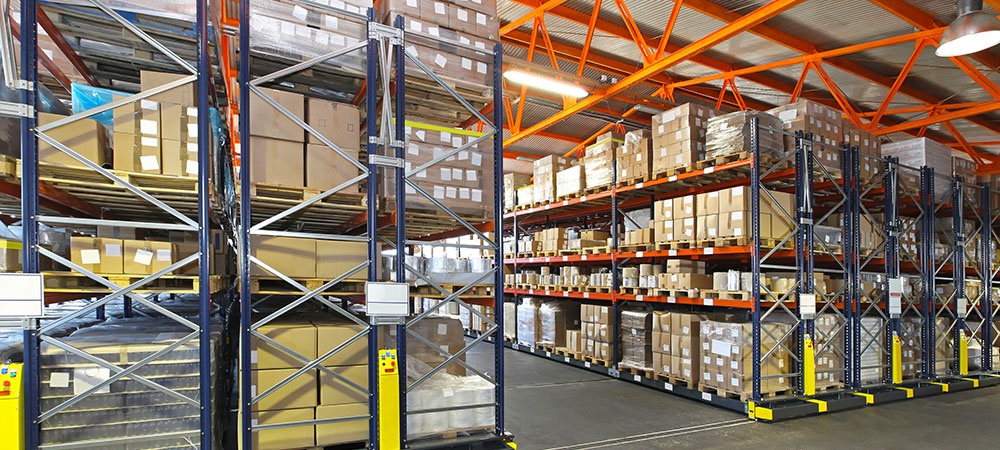
6. Mezzanines
Mezzanines are another storage solution warehouses and businesses can exploit. They are additional storage spaces and warehouses build in their facilities. They can add mezzanines by adding other floors that increase usable storage space. Initially, adding mezzanines can be costly to businesses. However, it’s a better option than constructing a whole new storage facility. It also allows warehouses to reclaim unused vertical space for their operations.
7. Wire Partitions
Wire partitions are another storage solution business can explore. Essentially, they are wire cages placed in an operation to hold inventory. You can install and remove them quickly, making them an excellent solution when you have limited time.
Their nature enables them to hold large or awkwardly shaped items like balls or tires. Thus, they aren’t ideal for holding overly fragile products. After placing them on shelves, you can also leverage them to store items requiring extra security.
8. Storage Cabinets
Storage cabinets are high-density steel containers offering quick access to inventory. They store goods easily and more conveniently. These cabinets are suitable for accommodating bulky items. In a warehouse setting, you need several cabinets because of the number of supplies and equipment it holds.
9. Shipping Containers
Shipping containers are another solution business can exploit to store their inventory. They are cost-effective and save space. You can stack them to maximize vertical storage without wasting your limited floor space. A business can purchase them if it needs storage space for a long time. Once it’s done with the boxes, a company can sell the containers and recover most of the costs it invested in them.
10. Multi-Tier Racking
Warehouses storing large stocks of items with small unit sizes can utilize this storage solution. A multi-tier racking is designed to maximize vertical space. Since no warehouse is a one-size-fits-all unit, it requires several flexible multi-tier racks. These racks allow warehouses to add or remove them depending on their immediate storage requirements.
Mostly, this storage solution fits light items requiring manual organization and picking. Businesses can optimize this storage solution by organizing their tiers strategically and packing items as densely as possible. However, they should pay attention to weight limits and ceiling-to-rack height compliance guidelines.
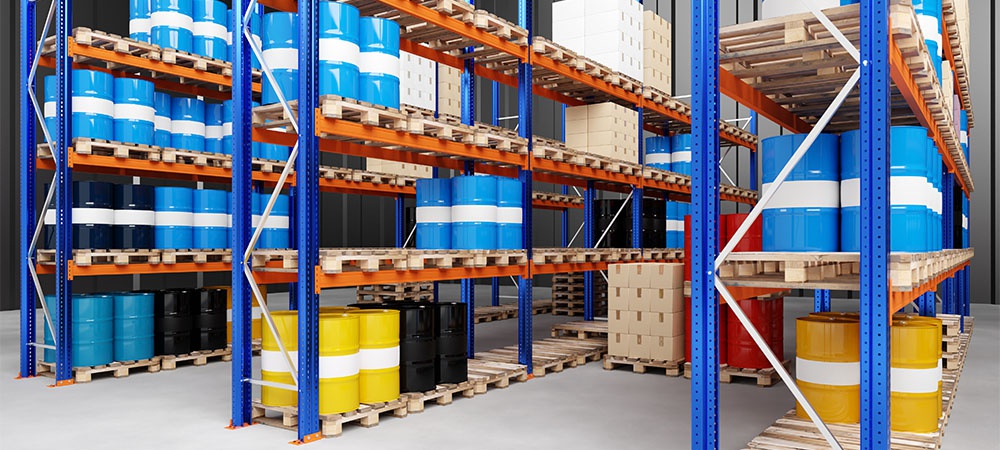
Closing Remarks on Storage Solutions
Storage is an essential component in every business and warehouse’s daily operations. The market provides different storage solutions companies can exploit to meet their daily storage needs. We discussed the top ten storage solutions warehouses and businesses can exploit. We hope you will use this valuable information to make an informed storage solution decision.
Do you have any storage needs you need help with in and around Ontario? Don’t hesitate to contact us today for a free quote and consultation.


